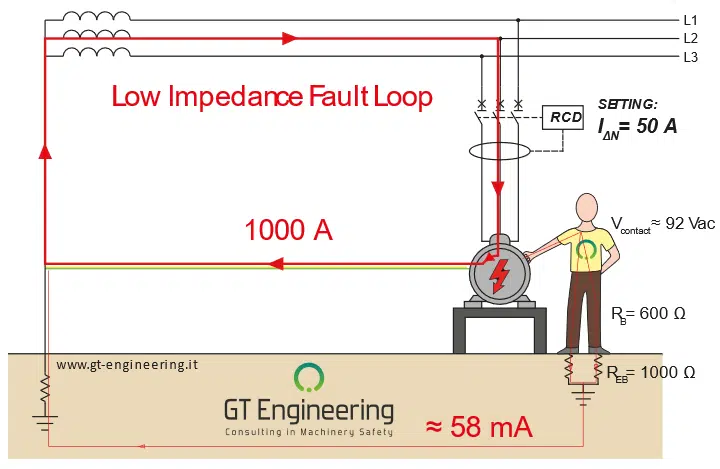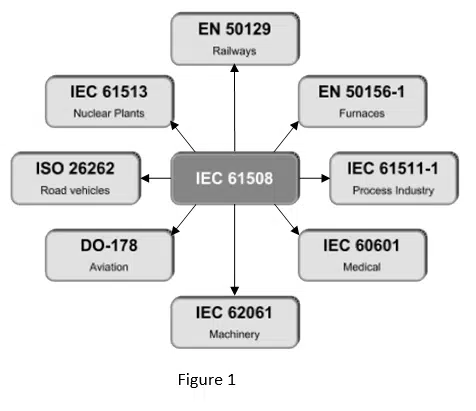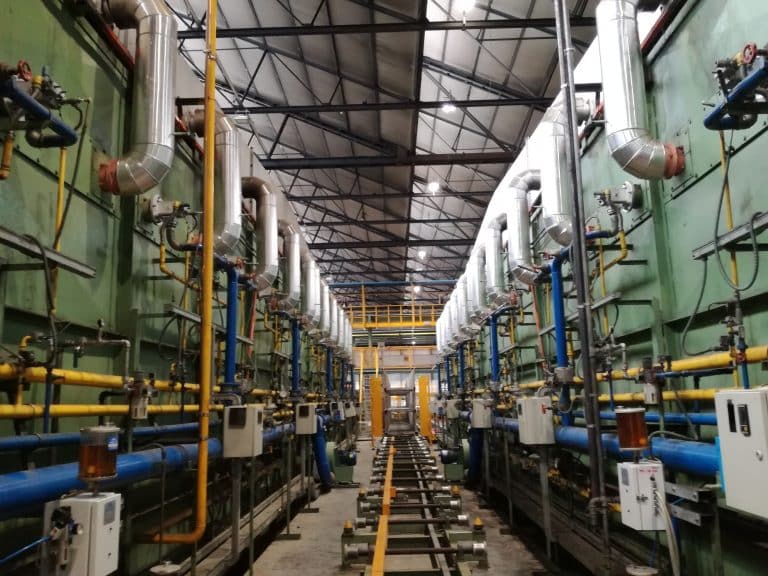Is the Escape release of guard locking compulsory?
The doubt: Is an Escape Release compulsory?
Machinery Safety

Fault Protection and the Fault Loop
The Doubt: How to protect people from electric shocks?
Electrical Safety and Arc Flash Mitigation

Spare capacity in Industrial Control Panels
The Doubt: In an Industrial Control Panel, is it required to leave a certain Spare capacity for “future” development?
Electrical Safety and Arc Flash Mitigation

Proof Test and Diagnostic Coverage
THE DOUBT: What is the difference between a Proof Test and a Diagnostic Test?
CONSIDERATIONS: The Proof Test concept is coming from IEC 61508 and it is im...
Process Safety

IEC 61508 (all parts)
This is the “mother” of all Functional safety standards used in several industries worldwide. It was written in order to allow the use of Electronic components in safety critical systems.
Functional Safety

High versus Low Demand
THE DOUBT : What does it mean that a Safety Control Systems is operating in High or in Low Demand and why is it important to know it?
CONSIDERATIONS:...
Process Safety

Machinery Directive 2006/42/EC: Introduction
The Machinery Directive contains 29 articles and 12 annexes and is addressed to the Member States, which are obliged to implement its requirements in national legislation.
Machinery Directive

The Modular Approach for Distribution Panels
The doubt: in order to CE mark my distribution panel, shall I do EMC tests?
Machinery Safety

Is IEC 61439-1 applicable to Industrial Control Panels?
The doubt: in order to CE mark an Industrial Control Panel, shall I follow the prescriptions given by IEC 61439-1?
Electrical Safety and Arc Flash Mitigation

Double Bonding
THE DOUBT
We sometimes notice electric motors having a double bonding. Is it mandatory?
Electrical Safety and Arc Flash Mitigation

The Seven Golden Rules for a successful Risk assessment and Risk Reduction
There are about 700 harmonised standards to the machinery directive. Few of them, like ISO 12100, are about the risk assessment; the majority are about how to reduce the risk.
Machinery Safety

Six key symbols for Electrical Safety
Electrical Safety is well standardized, in the sense that there are may technical documents written on the Subject, normally by the International Electrotechnical Commission, or IEC.
Electrical Safety and Arc Flash Mitigation
